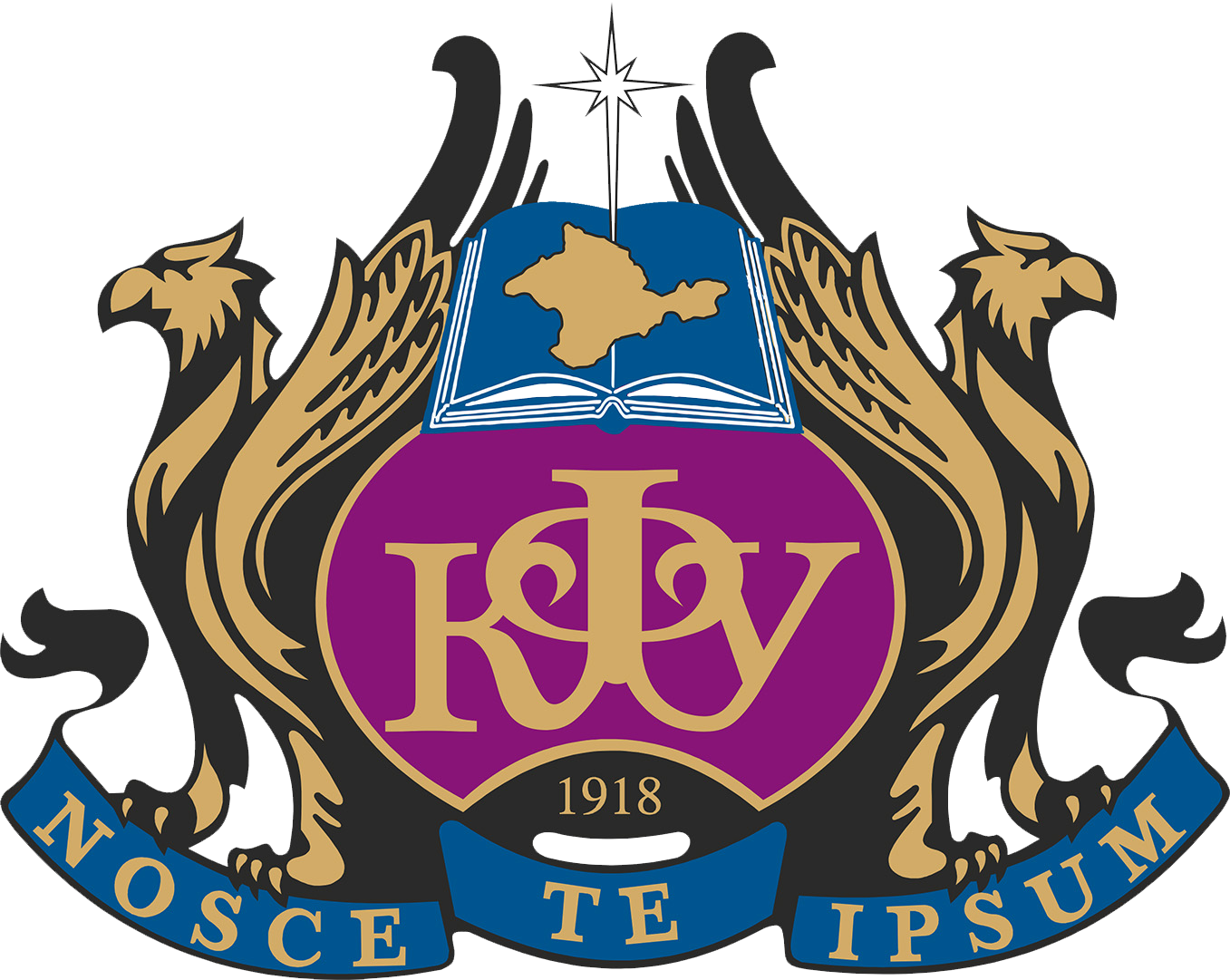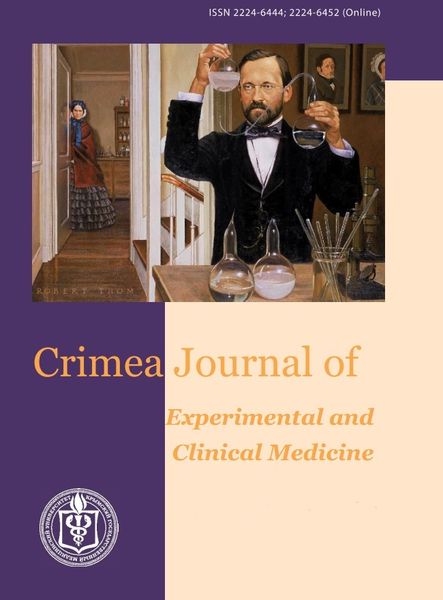Nacional'nyy medicinskiy issledovatel'skiy centr akusherstva, ginekologii i perinatologii imeni akademika V. I. Kulakova
The aim of this work was to optimize the algorithm for managing patients withlocally advanced breast cancer, taking into account the problem of developing therapeutic chemoresistance. Material and methods. The first stage included 187 patients with a verified diagnosis of primary locally advanced breast cancer (T3N2,T4N0-3). In the neoadjuvant chemotherapy regimen, all patients were treated according to the AC regimen (doxorubicin 60 mg, cyclophosphamide 600 mg/m2 i), taking into account the immunohistochemical subtype: a) patients with the luminal variant additionally received paclitaxel 175 mg/m2 for a total of up to 4 courses, or paclitaxel 80 mg/m2 weekly for 12 administrations; b) patients with triple-negative cancer received paclitaxel 175 mg/m2 for a total of up to 4 courses,or paclitaxel 80 mg/m2 in combination with carboplatin AUC2 weekly for 12 administrations. The effectiveness of treatment was assessed by calculating the frequency of the overall objective response (OR) and complete pathomorphological tumor regression (pCR). At the second stage, based on the obtained results, patients with luminal and triple-negative breast cancer were divided into groups with a complete therapeutic response (n=10) and resistant course (n=10). The control group consisted of patients with fibroadenoma (n=10).In order to study the characteristics and mechanisms of formation of therapeutic resistance in patients with different histological subtypes of cancer, an assessment of the expression of immunological markers CD4, CD8, CD20, CD68 and angiogenesis markers HIF-1α, VEGF, ANGP2 in breast tissue was carried out using immunohistochemistry. Results. In the case of luminal, Her2/neu-negative, and triple-negative subtypes, it was shown that weekly administration of taxanes in mono regiment either in combination with platinum drugs (after anthracycline therapy) does not statistically significantly improve the rates of partial objective response and the degree of therapeutic pathomorphosis of the tumor. In the tumor tissue of drug-resistant patients, an increase in the number of CD68+cells was noted compared to the tumor tissue of patients with a complete response to therapy (p<0,001) and the control group (p=0,045); as well as a decrease in the number of cytotoxic CD8+cells in relation to patients with non-resistant cancer (p=0,032) and the control (p=0,001). When assessing the expression of angiogenesis markers in the tumor tissue of patients with no response to therapy, an increase in the number of HIF-1α-positively stained cells was recorded compared to tissue samples from the control group of patients (p=0,004); an increase in the degree of VEGF expression compared to the group with non-resistant cancer (p=0,021) and the control group (p<0,001); as well as a slight increase in the degree of ANGP2 expression compared to the control group (p=0,05). These markers are points of application of targeted therapy and immunotherapy. Conclusion. Thus, knowledge about the molecular basis of breast tumor resistance to neoadjuvant chemotherapy allows us to optimize the algorithm for managing patients, improve the quality of medical care, and improve treatment outcomes.
breast cancer, neoadjuvant chemotherapy, drug resistance, tumor microenvironment, immunohistochemistry.
1. Sung H., Ferlay J., Siegel R. L., Laversanne M., Soerjomataram I., Jemal A., Bray F. Global Cancer Statistics 2020: GLOBOCAN Estimates of Incidence and Mortality Worldwide for 36 Cancers in 185 Countries. CA Cancer J
2. Wang H., Mao X. Evaluation of the Efficacy of Neoadjuvant Chemotherapy for Breast Cancer. Drug Des. Devel. Ther. 2020;14:2423-33. doi:https://doi.org/10.2147/dddt.s253961.
3. Shen G., Zhao F., Huo X., Ren D., Du F., Zheng F., Zhao J. Meta-Analysis of HER2-Enriched Subtype Predicting the Pathological Complete Response Within HER2-Positive Breast Cancer in Patients Who Received
4. Zhao Y., Schaafsma E., Cheng C. Gene signature-based prediction of triple-negative breast cancer patient response to Neoadjuvant chemotherapy. Cancer Med. 2020;9:6281-6295. doihttps://doi.org/10.1002/cam4.3284.
5. McDonnell A. M., Dang C. H. Basic review of the cytochrome p450 system. J Adv Pract Oncol 2013;4(4):263–8. doihttps://doi.org/10.6004/jadpro.2013.4.4.7
6. Salehan M. R., Morse H. R. DNA damage repair and tolerance: a role in chemothera- peutic drug resistance. Br J Biomed Sci 2013;70(1):31-40. doihttps://doi.org/10.1080/09674845.2013.11669927.
7. Wang Y., Wang X., Zhao H., Liang B., Du Q. Clusterin confers resistance to TNFalpha-induced apoptosis in breast cancer cells through NF-kappa B activation and Bcl2overexpression. J. Chemother. 2012;24:348-357.
8. Shen D. W., Goldenberg S., Pastan I., Gottesman M. M. Decreased accumulation of [14C] carboplatin in human cisplatin-resistant cells results from reduced energy-dependent uptake. J Cell Physiol 2000;183(1):108-16.
9. Davis N. M., Sokolosky M., Stadelman K. et al. Deregulation of the EGFR/PI3K/ PTEN/Akt/mTORC1 pathway in breast cancer: possibilities for therapeutic intervention. Oncotarget. 2014;5(13):4603–50.
10. Salemme V., Centonze G., Avalle L., Natalini D., Piccolantonio A., Arina P., Morellato A., Ala U., Taverna D., Turco E., Defilippi P. The role of tumor microenvironment in drug resistance: emerging technologies to unravel
11. Zyablickaya E. Yu., Kubyshkin A. V., Sorokina L. E., Serebryakova A. V., Aliev K. A., Maksimova P. E., Lazarev A. E., Balakchina A. I., Golovkin I. O. Kletochnoe mikrookruzhenie kak ob'ekt targetnoy terapii
12. Atai A., Solov'eva V. V., Rizvanov A. A., Arab S. Sh. Mikrookruzhenie opuholi: klyuchevoy faktor razvitiya raka, invazii i lekarstvennoy ustoychivosti. Uchenye zapiski Kazanskogo universiteta. Seriya
13. Moura T., Laranjeira P., Caramelo O., Gil A. M., Paiva A. Breast Cancer and Tumor Microenvironment: The Crucial Role of Immune Cells. Current Oncology. 2025;32(3):143. doihttps://doi.org/10.3390/curroncol32030143.
14. Delves P. J., Martin S. J., Burton D. R., Roitt I. M. Roitt’s Essential Immunology, 13th ed.; Wiley Blackwell: New York, USA; 2017.
15. Ono M., Tsuda H., Shimizu C., Yamamoto S., Shibata T., Yamamoto H., Hirata T., Yonemori K., Ando M., Tamura K., Katsumata N., Kinoshita T., Takiguchi Y., Tanzawa H., Fujiwara Y. Tumorinfiltrating lymphocytes are
16. Seo A. N., Lee H. J., Kim E. J., Kim H. J., Jang M. H., Lee H. E., Kim Y. J., Kim J. H., Park S. Y. Tumour-infiltrating CD8+ lymphocytes as an independent predictive factor for pathological complete response to primary
17. Oda N., Shimazu K., Naoi Y., Morimoto K., Shimomura A., Shimoda M., Kagara N., Maruyama N., Kim S. J., Noguchi S. Intratumoral regulatory T cells as an independent predictive factor for pathological complete response to
18. Zwager M. C., Bense R., Waaijer S., Qiu S.Q., Timmer-Bosscha H., De Vries E. G. E., Schröder C. P., Van Der Vegt B. Assessing the Role of TumourAssociated Macrophage Subsets in Breast Cancer Subtypes Using Digital
19. Qiu S. Q., Waaijer S. J. H., Zwager M. C., de Vries E. G. E., van der Vegt B., Schröder C. P. Tumorassociated macrophages in breast cancer: Innocent bystander or important player? Cancer Treat Rev. 2018;70:178-189.
20. Shree T., Olson O. C., Elie B. T., Kester J. C., Garfall A. L., Simpson K., Bell-McGuinn K. M., Zabor E. C., Brogi E., Joyce J. A. Macrophages and cathepsin proteases blunt chemotherapeutic response in breast cancer. Genes
21. De Palma M., Lewis C.E. Macrophage Regulation of Tumor Responses to Anticancer Therapies. Cancer Cell. 2013;23(3):277-86. doi:https://doi.org/10.1016/j.ccr.2013.02.013.
22. Myszczyszyn A., Czarnecka A. M., Matak D., Szymanski L., Lian F., Kornakiewicz A., Bartnik E., Kukwa W., Kieda C., Szczylik C. The role of Hypoxida and cancer stem cells in Renal Cell Carcinom Pathogenesis. Stem Cell
23. de Heer E. C., Jalving M., Harris A. L. HIFs, angiogenesis, and metabolism: elusive enemies in breast cancer. J Clin Invest. 2020;130(10):50745087. doihttps://doi.org/10.1172/JCI137552.
24. Danza K., Pilato B., Lacalamita R., Addati T., Giotta F., Bruno A., Paradiso A., Tommasi S. Angiogenetic axis angiopoietins/Tie2 and VEGF in familial breast cancer. Eur J Hum Genet. 2013;21(8):824-30.
25. Ng T., Phey X. Y., Yeo H. L., Shwe M., Gan Y. X., Ng R., Ho H. K., Chan A. Impact of Adjuvant Anthracycline-Based and Taxane-Based Chemotherapy on Plasma VEGF Levels and Cognitive Function in Breast Cancer
26. Xie H., Xi X., Lei T., Liu H., Xia Z. CD8+ T cell exhaustion in the tumor microenvironment of breast cancer. Front Immunol. 2024;15:1507283. doihttps://doi.org/10.3389/fimmu.2024.1507283.
27. Chen P. L., Roh W., Reuben A., Cooper Z. A., Spencer C. N., Prieto P. A., Miller J. P., Bassett R. L., Gopalakrishnan V., Wani K., De Macedo M. P., Austin-Breneman J. L., Jiang H., Chang Q., Reddy S.M., Chen W.S., Tetzlaff
28. Thommen D. S., Schumacher T. N. T Cell Dysfunction in Cancer. Cancer Cell. 2018;33(4):547562. doihttps://doi.org/10.1016/j.ccell.2018.03.012.
29. Zhou J., Tang Z., Gao S., Li C., Feng Y., Zhou X. Tumor-Associated Macrophages: Recent Insights and Therapies. Front Oncol. 2020;10:188. doi:https://doi.org/10.3389/fonc.2020.00188.





